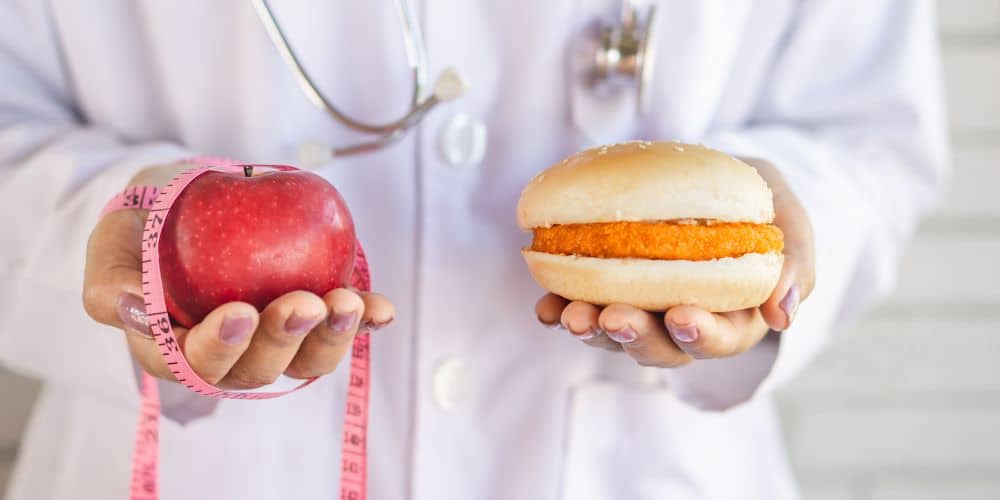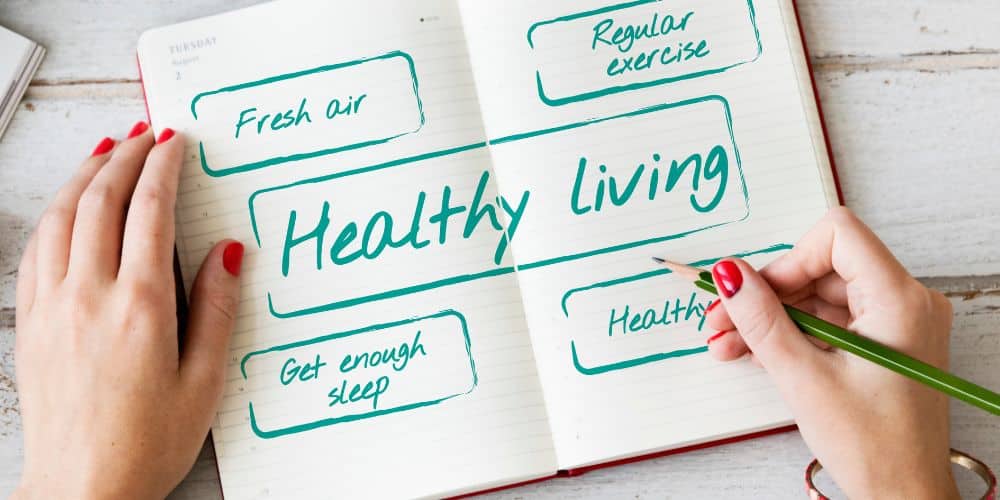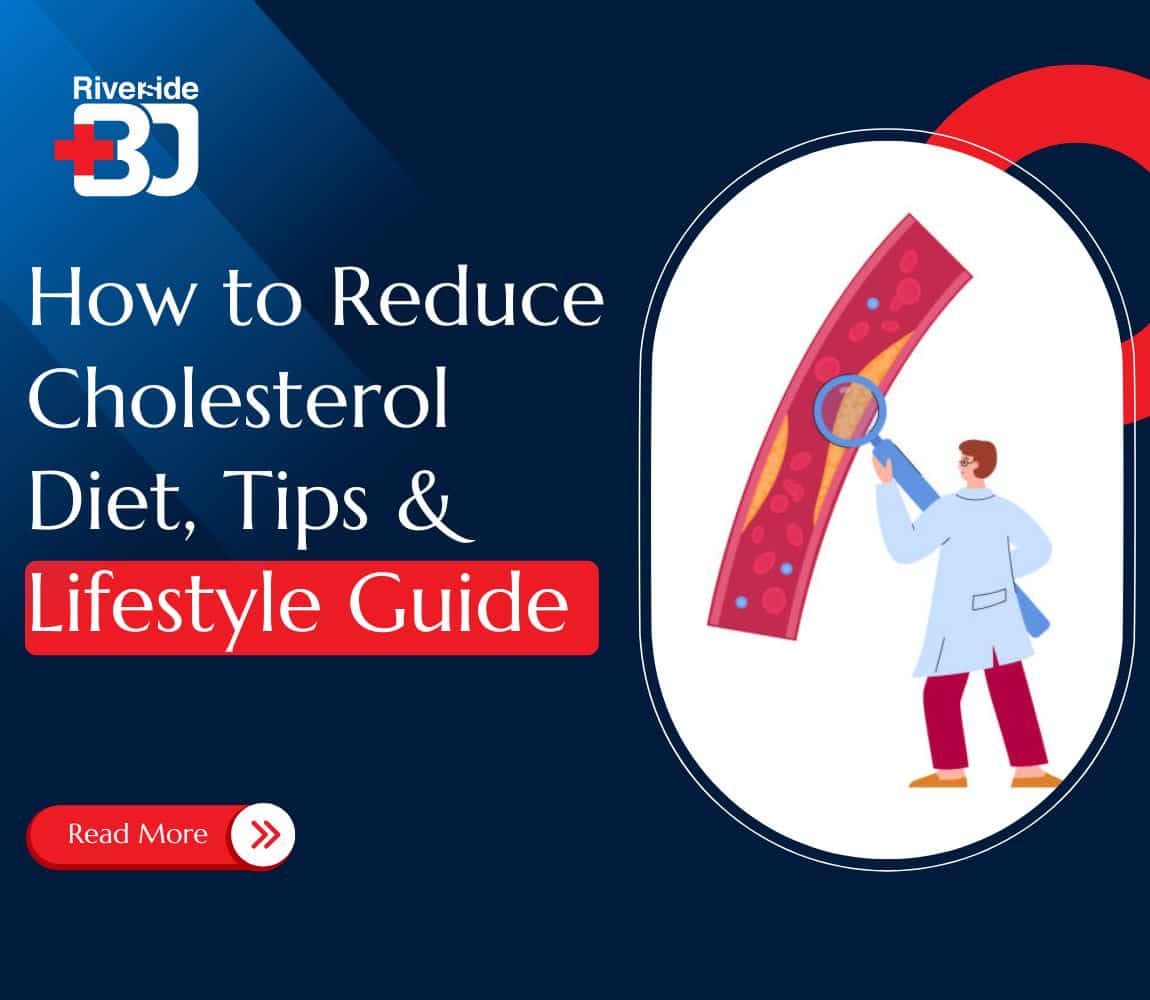Cutting through the noise on cholesterol reduction can be a challenge. You’re bombarded with advice: eat this, avoid that, move more, stress less, all while juggling life’s demands..
The reality? Cholesterol silently builds up. You don’t feel it creeping up, but it’s doing its damage quietly.
In fact, according to the World Heart Federation, high cholesterol contributes to 3.6 million deaths globally every year. That’s a big number. But don’t worry, this isn’t about scaring you. It’s about making it simpler.
From adding cholesterol-reducing foods to your meals to understanding how to control cholesterol with small and simple lifestyle changes, this guide breaks it all down.
We’ll also talk about how to lower cholesterol levels, what symptoms to watch out for, and when is it time to get expert help. So if you’re ready to take control of your health, without turning your life upside down, you’re in the right place.
What Is Cholesterol and Why Does It Matter?
Cholesterol is a fatty substance found in your blood, essential for building cells and producing hormones. However, having too much can lead to health complications. Therefore, understanding how to reduce cholesterol is key to preventing heart problems.
Let’s explore why cholesterol balance is important:
- To begin with, cholesterol helps build healthy cells and vitamin D in the body.
- Subsequently, high cholesterol can cause plaque build-up in the arteries.
- It increases the risk of heart attacks, stroke, and other cardiac conditions.
- Good cholesterol helps remove excess fats from the bloodstream.
When left unmanaged, cholesterol can silently damage your heart and arteries. Therefore, knowing how to reduce cholesterol naturally becomes crucial for every generation.
Many people fail to notice the symptoms until it’s too late. Hence, recognising your cholesterol profile and making changes early can improve your long-term health and provide valuable tips for maintaining a healthy heart.
Good vs. Bad Cholesterol

While cholesterol is often associated with hypertensive heart disease, not all types are harmful. In fact, understanding the difference is key when learning how to reduce cholesterol effectively.
Good cholesterol, or HDL (high-density lipoprotein), protects your heart by carrying excess fat to the liver for removal. On the other hand, bad cholesterol, or LDL (low-density lipoprotein), contributes to plaque buildup in your arteries.
It’s important to know the role each one plays to truly grasp how to lower cholesterol levels safely.
1) HDL: The Good Cholesterol
HDL helps clean your bloodstream by transporting excess cholesterol away from your arteries. It acts like a vacuum and reduces the risk of heart disease.
That being said, a higher HDL level supports a healthy heart and boosts the effect of cholesterol-reducing foods. Additionally, regular exercise and healthy fats can naturally raise your HDL levels over time.
Even small improvements can create a noticeable impact on your cardiovascular health and help to reduce cholesterol more effectively.
2) LDL: The Bad Cholesterol
LDL builds up in your artery walls and forms plaques that restrict the blood flow. As a result, this leads to increased blood pressure and a higher chance of cardiac events. In fact, trans fats and processed foods are major contributors to high LDL.
Hence, learning how to control cholesterol begins by cutting down on such harmful dietary choices. As part of daily care, regular testing can also help track LDL changes and avoid future complications.
While some LDL is needed for cell repair, too much becomes a hidden danger.
Risks of High Cholesterol
High cholesterol rarely shows symptoms, but its long-term effects can be dangerous.
Most people only discover their risks during emergencies. That’s why it’s important to learn how to reduce cholesterol before the complications arise.
Cholesterol-related health issues develop quietly but can be life-threatening. So, knowing how to control cholesterol helps prevent heart diseases and major cardiac events.
Here are a few key health risks:
- Heart Disease: Cholesterol blocks arteries and limits blood flow to the heart, and increases cardiac risks.
- Stroke: When blood clots form in narrowed arteries, it can lead to a brain stroke.
- High Blood Pressure: Reduced artery flexibility raises blood pressure. Therefore, it makes the heart work harder.
- Angina: Pain in the chest occurs when the heart muscle doesn’t get enough oxygen due to clogged arteries.
- Peripheral Artery Disease: Poor circulation affects limbs and often causes pain during walking or movement.
These complications need expert help, but knowing how to reduce cholesterol early on can help prevent them altogether.
So, to truly understand how to lower cholesterol, one must commit to consistent lifestyle changes. Additionally, choosing the right cholesterol-reducing foods and staying active can make all the difference.
Small efforts add up and can eventually eliminate the need for medical interventions.
How to Reduce Cholesterol Levels Naturally
Reducing cholesterol levels naturally involves simple daily habits like healthier eating, better sleep and more movement.
You can learn how to reduce cholesterol with holistic changes at home. Subsequently, combining these steps helps improve heart results without medications. In short, heart patients should seek ways to lower cholesterol through simple and easy lifestyle adjustments.
Let’s explore some of the key natural strategies now.
1) Exercise Regularly
Regular physical activity helps you learn how to reduce cholesterol effectively and sustainably.
Moreover, aerobic exercises such as brisk walking, swimming, or cycling boosts HDL(good cholesterol) and lowers LDL (bad cholesterol). This makes it one of the most trusted natural approaches for heart health.
According to the American Heart Association, just 150 minutes of moderate weekly activity can improve cholesterol balance significantly. Therefore, moderate exercise for 30 minutes, five days a week, is ideal.
By doing moderate exercises, patients see many benefits in energy, weight, and lipid profile within a few months. Hence, physical movement plays a key role in supporting a healthy heart.
2) Maintain a Healthy Weight
Maintaining optimal weight for heart health lets you learn how to reduce cholesterol naturally.
Reducing excess body mass lowers the total cholesterol present and improves the HDL levels. Additionally, weight loss reduces blood pressure and the risk of metabolic syndrome.
Even modest weight reduction supports lowering cholesterol. Further, combining diet with movement yields the best results.
A healthier weight helps manage lipid levels over time and supports how to reduce cholesterol over the long term.
3) Quit Smoking and Limit Alcohol
Stopping smoking and cutting down alcohol aids in lowering cholesterol levels effectively.
Quitting smoking improves HDL gradually and reduces coronary risks. Moreover, excessive alcohol can raise triglycerides and LDL when consumed often. Being mindful of these factors is especially important when considering heart attack symptoms in women, which can often be subtle or overlooked. Thus, reducing alcohol intake supports your cholesterol‑control journey.
Also, avoiding smoking protects the arterial linings and cardiac health.
Cholesterol-Reducing Foods to Add to Your Diet
Adding certain foods to your meals helps you discover how to reduce cholesterol through diet. In particular, whole grains, nuts, seeds, legumes, fish and colourful produce play key roles.
Ultimately, these items work as cholesterol reducing foods that promote heart health.
Now, let’s explore these beneficial food groups in more detail.
1) Oats, Barley and Whole Grains
Soluble‑fibre foods like oats and barley are excellent for reducing cholesterol levels. Beta‑glucan in oats reduces LDL by binding cholesterol in the gut. Likewise, whole grains help stabilise blood sugar and support healthy lipids.
Therefore, including a bowl of porridge or barley salad daily helps moderate cholesterol naturally. Adding brown rice, millet, or whole‑grain bread boosts this effect, especially when focusing on reducing cholesterol through simple daily food choices.
2) Fatty Fish and Omega-3s
Fatty fish like salmon or mackerel help you control cholesterol with healthy fats.
Omega‑3s lower triglycerides and may slightly raise the HDL in many individuals. Moreover, replacing red meat with fish cuts saturated fat intake significantly.
Aiming for at least two servings every week is recommended to support the lipid balance. Introducing this habit supports your goal of controlling cholesterol naturally. It also contributes to your long-term plan for reducing cholesterol through a balanced diet.
3) Nuts, Seeds, and Legumes
Including nuts, seeds, and legumes helps you learn how to lower cholesterol levels effectively.
According to the Heart Foundation, consuming 15g of nuts daily reduces coronary heart disease risk by around 20%. Additionally, having daily handfuls of almonds or walnuts benefits the heart lipid profile.
Moreover, legumes and seeds provide fibre, plant sterols and protein that lower LDL.Similarly, beans and lentils contribute to soluble fibres and heart‑healthy compounds.
These foods rank among the top-tier cholesterol reducing foods naturally.
4) Fruits and Vegetables
A diet rich in fruits and vegetables is a proven approach for those learning how to reduce cholesterol naturally. These plant foods are high in fibre and antioxidants that lower LDL and protect the heart.
Leafy greens, berries, apples, and citrus fruits support better blood flow and reduce inflammation over time.
Daily portions not only improve your nutrient intake, but also support your goal of reducing cholesterol through food. Additionally, they help balance weight and cut unhealthy cravings without added fats or sugars.
How to Control Cholesterol Through Lifestyle Changes?

A healthy diet plan with lifestyle changes can make a huge difference when it comes to heart health.
In many cases, simple habits can help manage your cholesterol without the need for medication. So, knowing how to reduce cholesterol starts with being mindful about your daily choices.
Let’s now explore the most effective adjustments you can begin right away.
1) Sleep And Stress Management
Getting enough rest helps the body repair and balance the cholesterol levels during the night. At the same time, managing daily stress prevents hormonal spikes that affect your heart health.
Learning how to reduce cholesterol often starts with sleep patterns and emotional well-being.
Deep breathing, walking outdoors, and quiet time can calm the mind and benefit your overall health. Therefore, reducing stress and sleeping well are powerful tools in your cholesterol-lowering journey.
2) Regular Health Checkups
Routine checkups help identify problems relating to cholesterol before they become dangerous.
Getting yourself checked every 6–12 months allows you to track progress and catch early signs. Besides that, knowing your numbers supports better decisions about cholesterol reducing foods and exercise.
Moreover, follow-up visits give your doctor the chance to guide necessary changes.
3) Avoid Trans Fats
Artificial trans fats raise LDL while dropping HDL, which is a dangerous combination. Most are found in processed snacks, frozen meals, and fast food items. Instead of these, switch to whole foods and unsaturated fats like olive oil and seeds.
This step plays a crucial part in mastering how to reduce cholesterol through your diet. Even small changes can make a large difference over weeks or months.
When to See a Doctor for High Cholesterol
Most people don’t realise they have high cholesterol until symptoms appear. Hence, visiting a cardiology centre becomes necessary sometimes – and it’s helpful to go prepared with a few questions to ask your cardiologist about risks, lifestyle changes, and treatment options.
Learning how to reduce cholesterol is just the beginning; professional support ensures long-term heart safety.
1) Healthy Heart Symptoms to Watch
Recognising early signs is key to knowing how to reduce cholesterol before serious complications arise. While some signs are subtle, they may point to deeper cardiovascular concerns that might need immediate care.
This is where lifestyle changes meet medical observation.
Watch for these symptoms:
- Chest discomfort, especially during activity or after eating.
- Shortness of breath while resting or walking.
- Frequent dizziness or unexplained fatigue.
- Pain or numbness in the arms or legs.
- Yellowish deposits on the skin or around the eyes.
These symptoms should not be ignored. Instead, they are a clear reminder of how to reduce cholesterol through a mix of treatment and routine care.
Being aware allows you to act before problems escalate.
Find a Heart Hospital for Advanced Care
In some cases, diet and exercise may not be enough to manage the lipid levels. That’s when it’s time to seek expert help and understand how to reduce cholesterol through personalised care.
At Riverside B&J Hospital, a trusted heart hospital in Mumbai, patients receive advanced diagnostic support and specialist consultations.
Whether you’re dealing with persistent symptoms or sudden concerns, timely care can change everything.
This decision complements your efforts with technology, experience, and accurate monitoring. Therefore, working with cardiology professionals helps you take lasting steps in how to reduce cholesterol effectively.
Conclusion
Learning how to reduce cholesterol isn’t about extreme diets or stressful routines. It’s about making consistent, realistic changes, like moving more, eating better, and staying aware of what your body needs.
Adding more cholesterol-reducing foods, cutting back on trans fats, and managing stress can go a long way. Once you understand how to control cholesterol, it becomes much easier to protect your heart and overall health.
If you ever feel unsure about how to lower cholesterol levels, that’s completely normal too. That’s where expert guidance can really help. When you need clarity or confidence, it’s reassuring to know you’ve got trusted care just around the corner.
Riverside B&J Hospital is here to support you with world-class cardiology services, personalised treatment plans, and a team that truly puts your heart first.
Contact us today and book a consultation to take that first step towards a stronger, healthier future.
FAQs About Lowering Cholesterol
- What are the best foods to reduce cholesterol naturally?
Oats, fatty fish, nuts, fruits, and vegetables are the best choices when learning how to reduce cholesterol through natural food habits.
- How long does it take to lower cholesterol with diet?
Most people see results within 4 to 6 weeks when they follow a diet focused on how to reduce cholesterol consistently.
- Can I lower cholesterol without medication?
Yes, you can learn how to reduce cholesterol through exercise, diet changes, and stress control, especially in early or moderate cases.
- What is the first step to control high cholesterol?
The first step in how to reduce cholesterol is getting a lipid profile test, then adjusting diet, lifestyle, and daily movement accordingly.
- What are symptoms of a healthy heart?
Normal blood pressure, steady heartbeat, strong stamina, and good sleep are common healthy heart symptoms seen in those who reduce cholesterol early.

